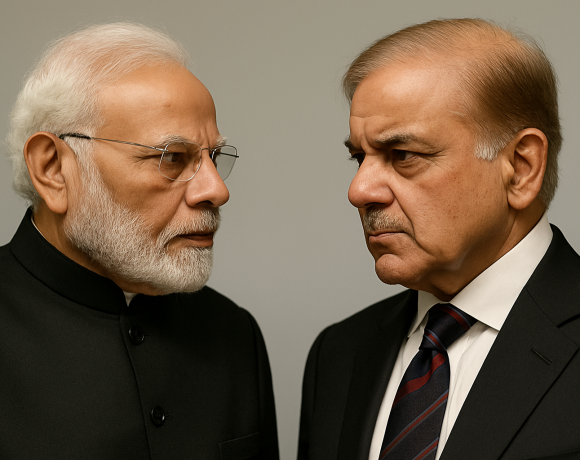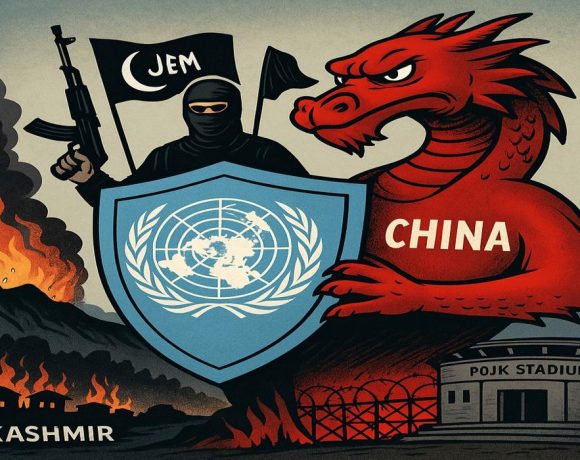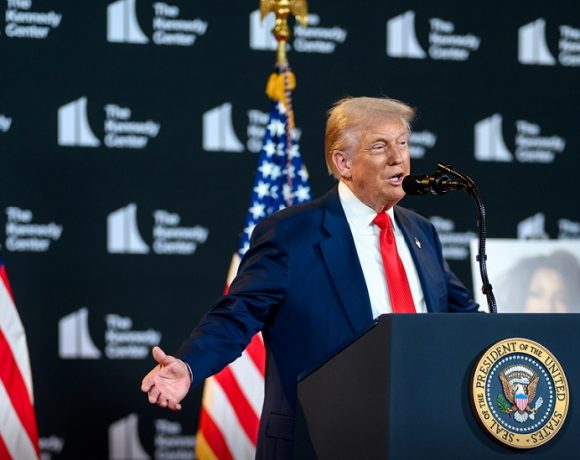
Feeding Votes, Not Bellies: How Subsidies Subsidize Political Careers, Not Jobs
Ah, Indian politicians. True virtuosos of turning taxpayers’ hard-earned money into campaign confetti. Their favorite trick? Populist subsidies and Direct Benefit Transfer (DBT) schemes.
Why solve unemployment or fill government vacancies when you can rain rice sacks, gas cylinders, and farm waivers on the masses, all in exchange for votes? It’s genius, really—keep the people dependent, and they’ll never ask for real opportunities. Why give a job when a token freebie will buy eternal gratitude and another five years in power?
Let’s examine the wreckage of this strategy. Spoiler alert: it’s taxpayers and unemployed youth left holding the bag.
Subsidies: The Political Career Insurance Plan
Let’s talk about numbers. India spends a staggering ₹3.75 lakh crore every year on subsidies. Food subsidies? ₹2.05 lakh crore. Fertilizers? ₹1.63 lakh crore. Petroleum? ₹5,812 crore. Add DBT schemes, where ₹2.23 lakh crore is distributed like festival sweets, and we’ve got enough money to run the economies of smaller nations. But who needs economic productivity when political optics matter more?
And here’s the kicker: 964,359 central government jobs remain vacant. Let’s not even start on the abyss of vacancies in state governments. And yet, the government prefers distributing gas cylinders and cash transfers to earn hashtags like #GaribKaSaathi rather than addressing the chronic unemployment that’s festering under their noses. It’s a masterstroke of optics over outcomes.
State Governments: The Circus Masters of Populist Drama
If you think the central government is bad, wait till you see the states. They’re the original ringleaders of this circus.
Uttar Pradesh: The state with the highest number of vacant government positions—700,000 unfilled posts. But instead of tackling this vacancy crisis, the government pours taxpayer money into schemes like free laptops and farm loan waivers. Never mind that youth are lining up in thousands for a single job, like medieval peasants hoping for a scrap from the king’s table.
Rajasthan: Where unemployment is a whopping 28.3%—almost one in three people. In 2015, the state advertised 368 clerical posts and received 2.3 million applications. That’s 6,250 desperate applicants per position. But why worry about those odds when you can win elections by giving away electricity subsidies and smartphones instead?
Bihar: With an unemployment rate of 12.3%, Bihar has perfected the art of handing out freebies. Why fill over 400,000 state government vacancies when farm loan waivers and token benefits keep the masses placated? After all, a job means independence, and independence doesn’t guarantee votes.
West Bengal: This one’s special. With 200,000 government positions sitting vacant, the state prefers shouting slogans over creating jobs. Free rations, housing subsidies, and token welfare programs are far more convenient than actually putting people to work.
Haryana: This unemployment champion boasts an unemployment rate of 29.4%, yet spends crores on unnecessary freebies. At this rate, we’ll soon see a subsidy for breathing air, provided you vote correctly.
What’s truly tragic is the interstate competition for populism. States aren’t racing to create jobs; they’re racing to out-subsidize each other. Free power! Free water! Free money! What’s next—free holidays to cover the stress of being perpetually unemployed?
Jobs? What Jobs?
Meanwhile, the unemployment crisis deepens. India’s national unemployment rate is 8.3%, but states like Haryana, Rajasthan, and Jammu & Kashmir make that look modest. Nearly 15% of India’s educated youth are unemployed. Among graduates, the unemployment rate shoots up to 42.3% for those under 25. Essentially, if you have a degree, congratulations—you’ve qualified for endless queues, not employment.
Here’s a radical idea: what if we reallocate just 50% of non-essential subsidies to job creation? The math is astonishing:
Savings from a 50% reduction in non-essential subsidies: ₹1.87 lakh crore.
Jobs funded: 2.67 million central and state government jobs.
Imagine the transformation: unemployment slashed, public services strengthened, and a workforce that contributes to the economy instead of queuing for handouts. But alas, jobs don’t win elections like free grain does.
DBT: Directly Benefiting Politicians
DBT schemes are the crown jewels of vote-buying. The government disbursed ₹2.23 lakh crore via DBT in 2024-2025. Reduce this by 50%, and you free up ₹1.115 lakh crore—enough to fund 1.5 million jobs. But why create jobs when DBT lets you slap your face on billboards, crediting yourself for “uplifting the poor”?
Here’s the irony: while DBT offers short-term relief, it locks beneficiaries into dependency. Jobs, on the other hand, offer dignity and long-term stability. But dignity doesn’t come with election hashtags, does it?
Subsidies vs. Jobs: The Sarcastic Balance Sheet
Let’s be brutally sarcastic—sorry, honest. Subsidies are an excellent way to keep the poor, poor. They’re not about empowerment; they’re about control. By reducing subsidies:
50% Reduction in Subsidies (₹1.87 lakh crore):
Fund 2.67 million jobs.
50% Reduction in DBT (₹1.115 lakh crore):
Fund 1.5 million jobs.
Together, that’s over 4 million government jobs—enough to transform India’s unemployment landscape. But hey, creating jobs requires effort. Subsidies only require a signature and a selfie.
The Path Forward: From Freebies to Futures
What’s the solution? Here’s a sarcastic roadmap for our policymakers:
1. Cut the Freebie Addiction: Start with a 10% annual reduction in non-essential subsidies and DBT. Gradual reductions minimize inflationary shocks while freeing up funds for productive spending.
2. Invest in Jobs, Not Votes: Redirect savings into filling government vacancies, building infrastructure, and incentivizing private-sector employment. Imagine an India where rural youth find jobs instead of ration cards.
3. Skill the Workforce: Pair job creation with skill development to match employment opportunities with qualifications. Let’s aim for a workforce ready to contribute, not just queue.
4. Accountability, Not Optics: Publish annual reports on job creation using reallocated funds. If politicians love transparency as much as they claim, let’s see them walk the talk.
Conclusion: Feeding Votes or Building Futures?
India stands at a crossroads. We can continue to pour money into subsidies that entrench dependency and stagnation. Or we can invest in jobs that empower citizens and drive economic growth. The choice should be obvious—but for our vote-hungry politicians, it’s not.
Subsidies are the opium of politics—sedating the masses while the real issues go unaddressed. Jobs, on the other hand, offer independence, stability, and dignity—things no politician wants their voters to have. After all, independent citizens ask questions. Dependent ones vote.
So here’s to the next election cycle: free rice for your hunger, gas cylinders for your kitchens, and nothing for your future. Who needs progress when you have populism?


















